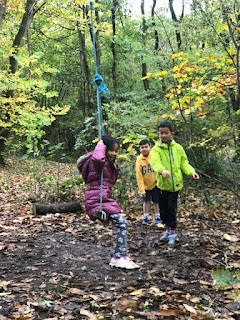Chestnut puree / Mount Blanc Dessert
Chestnuts are packed with protein, fat, calcium, iron, phosphorus, zinc, and vitamins that are essential during pregnancy. These nutrients help to regulate blood flow as well as promoting better bones and reduce fatigue during pregnancy.
Chestnut puree is very easy to make from fresh chestnuts. They can be frozen after being picked in Autumn for use over winter.
Ingredient
- 500g chestnuts (peeled)
- 50-80ml full-fat milk
- pinch of salt
Method
- Boil peeled chestnuts in hot water in a saucepan.
- Reduce heat to medium-low and cook till soft.
- Drain chestnuts and let them cool.
- Mash chestnuts with milk (quantity according to the texture you prefer, the more the lighter the puree).
- Pipe over the tart/biscuit base for Mount Blanc dessert, to make chestnut puree truffle, or fresh cream sponge cake.
 |
| A cake I made with fresh cream and chestnut puree. |
If foraging, pureeing, and baking all seemed a bit too much for you. Why not include chestnuts as snacks as part of your healthy diet?
https://amzn.eu/d/b3swS5Q






